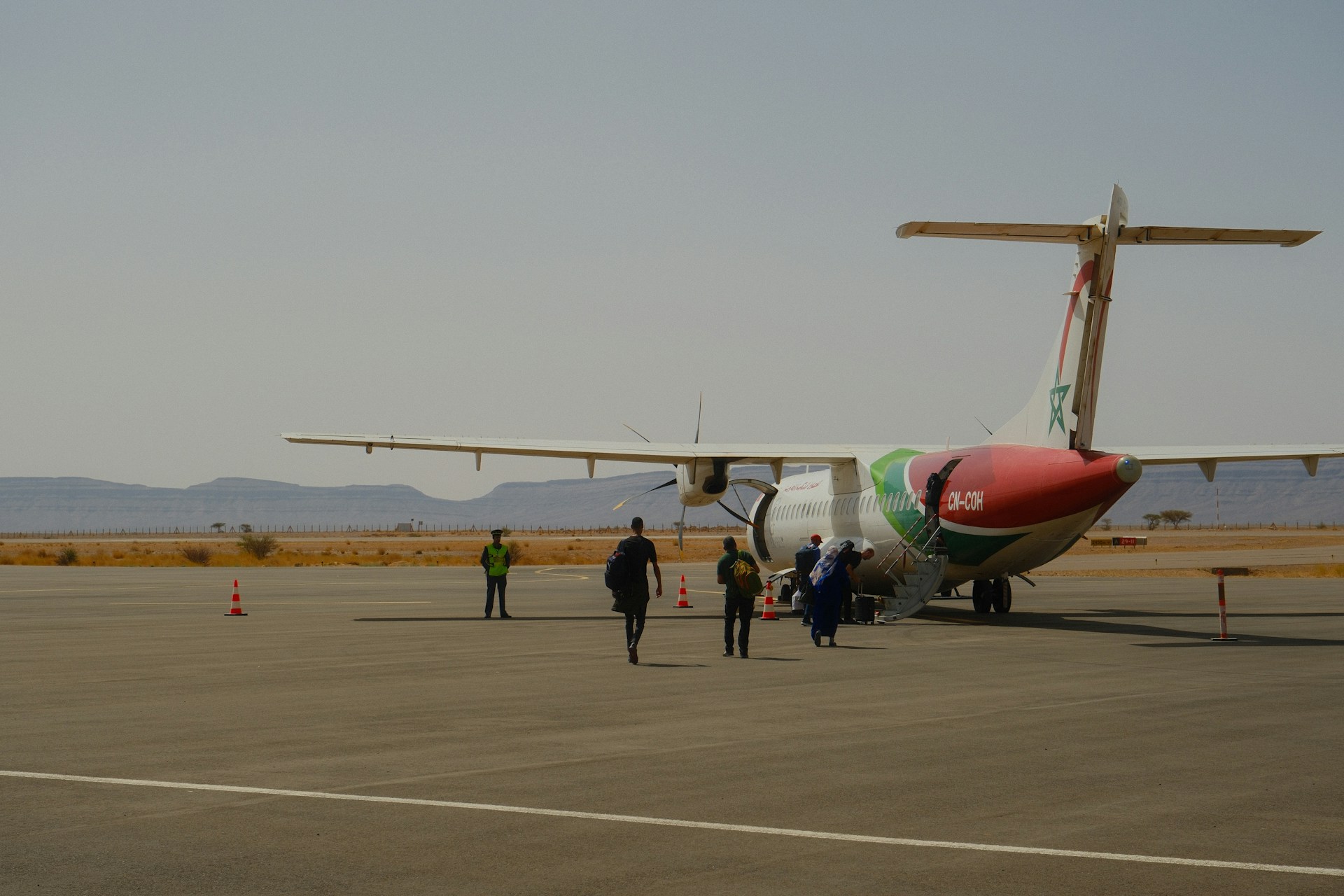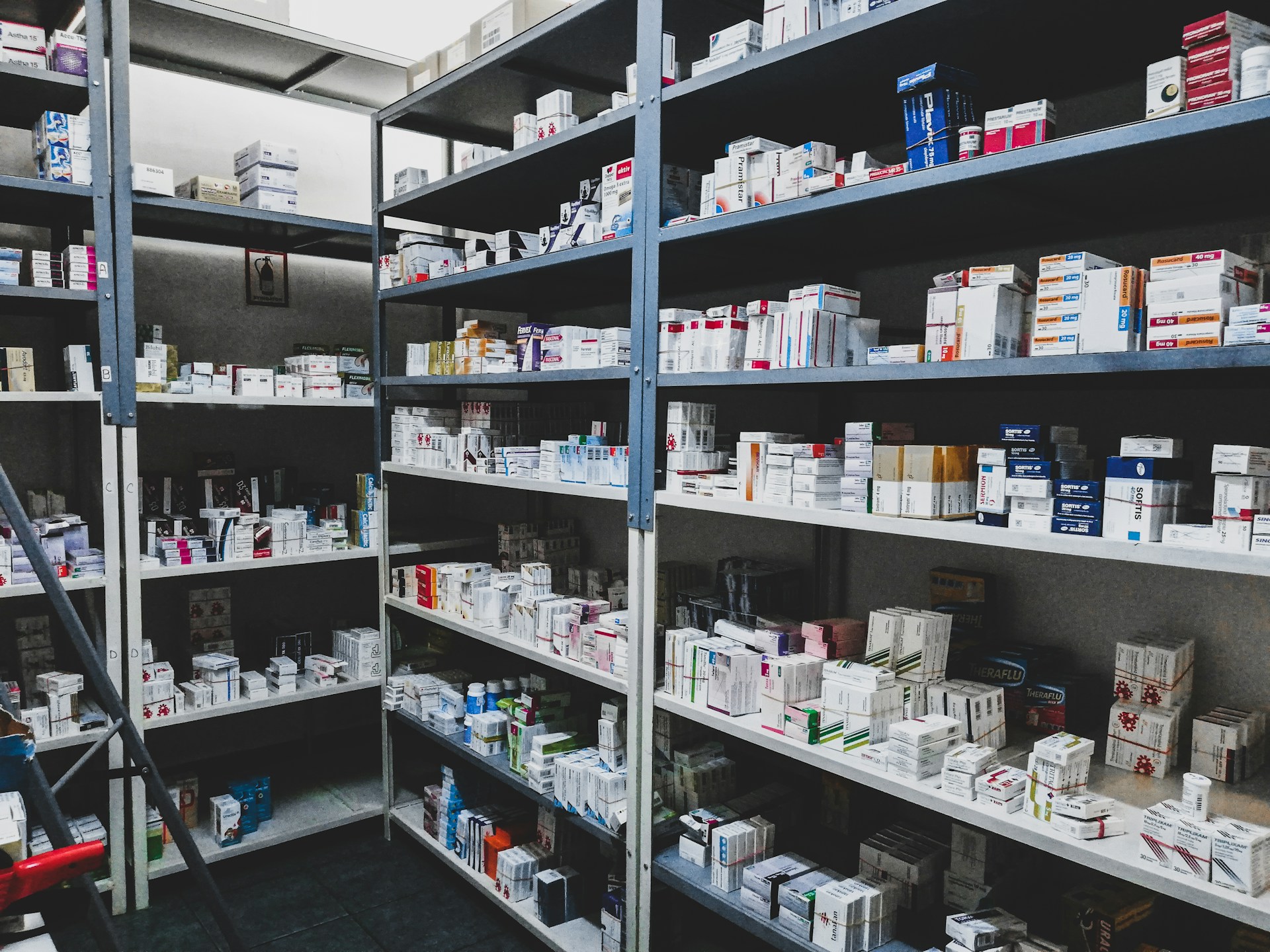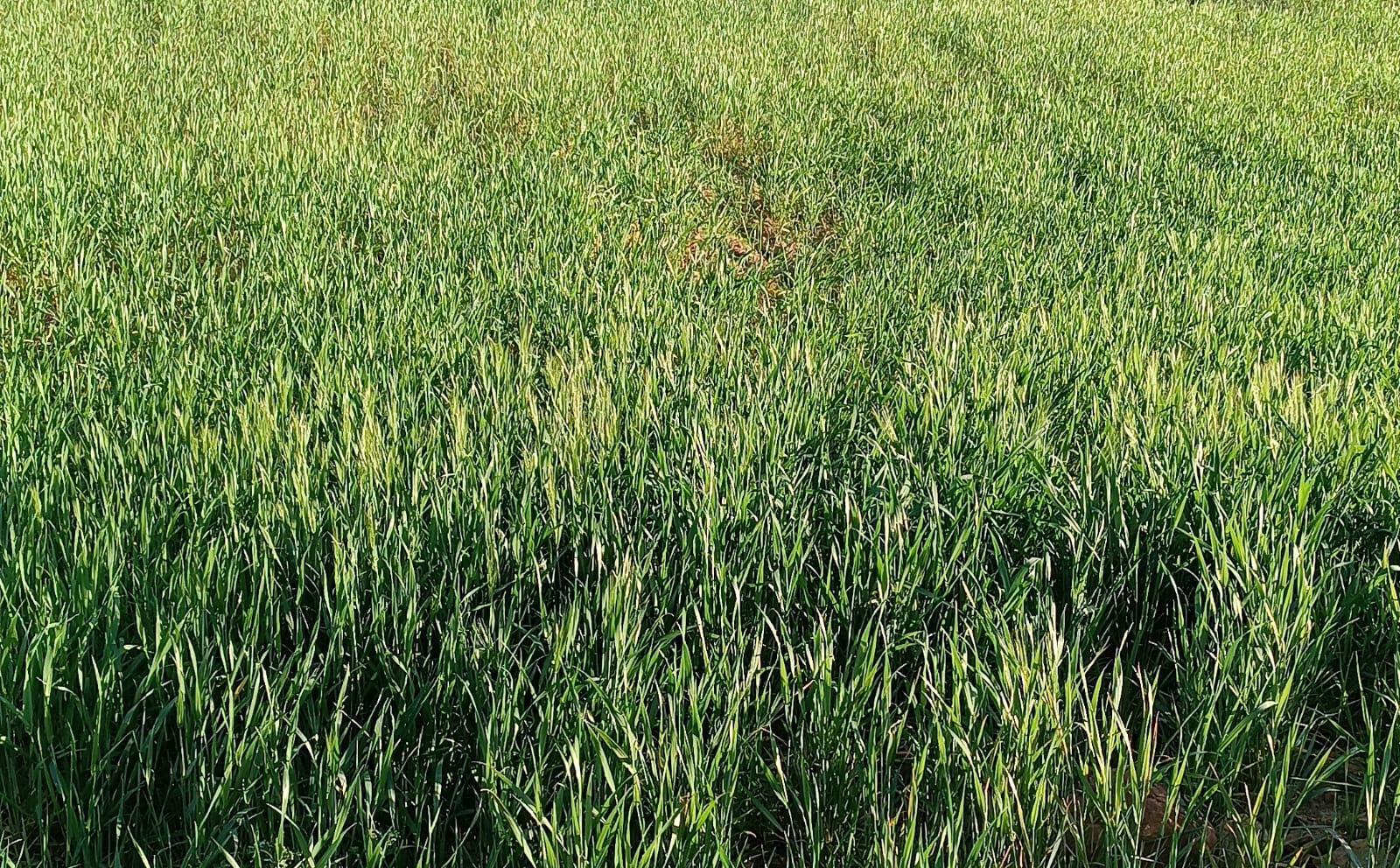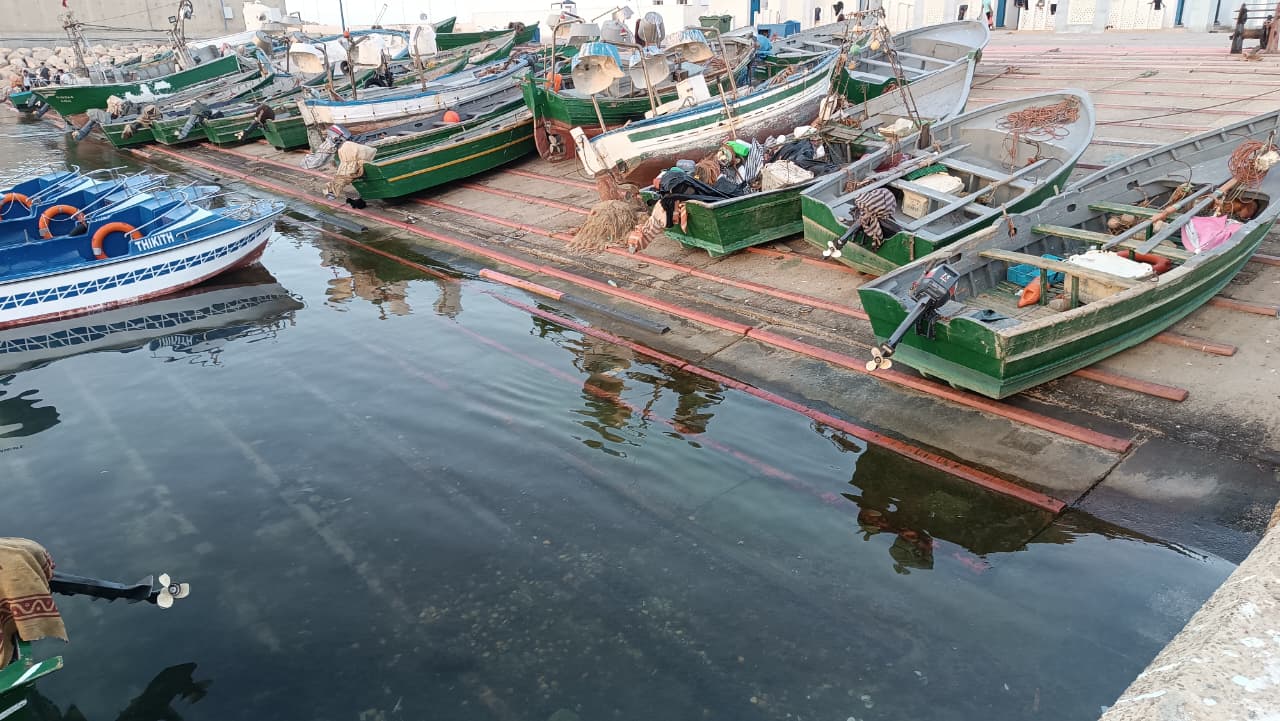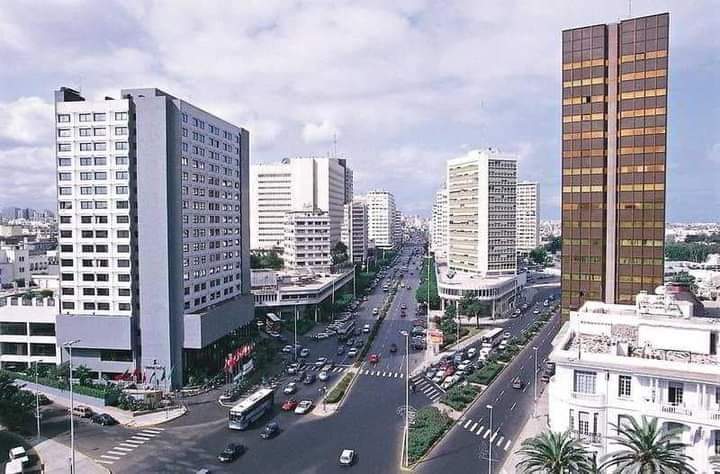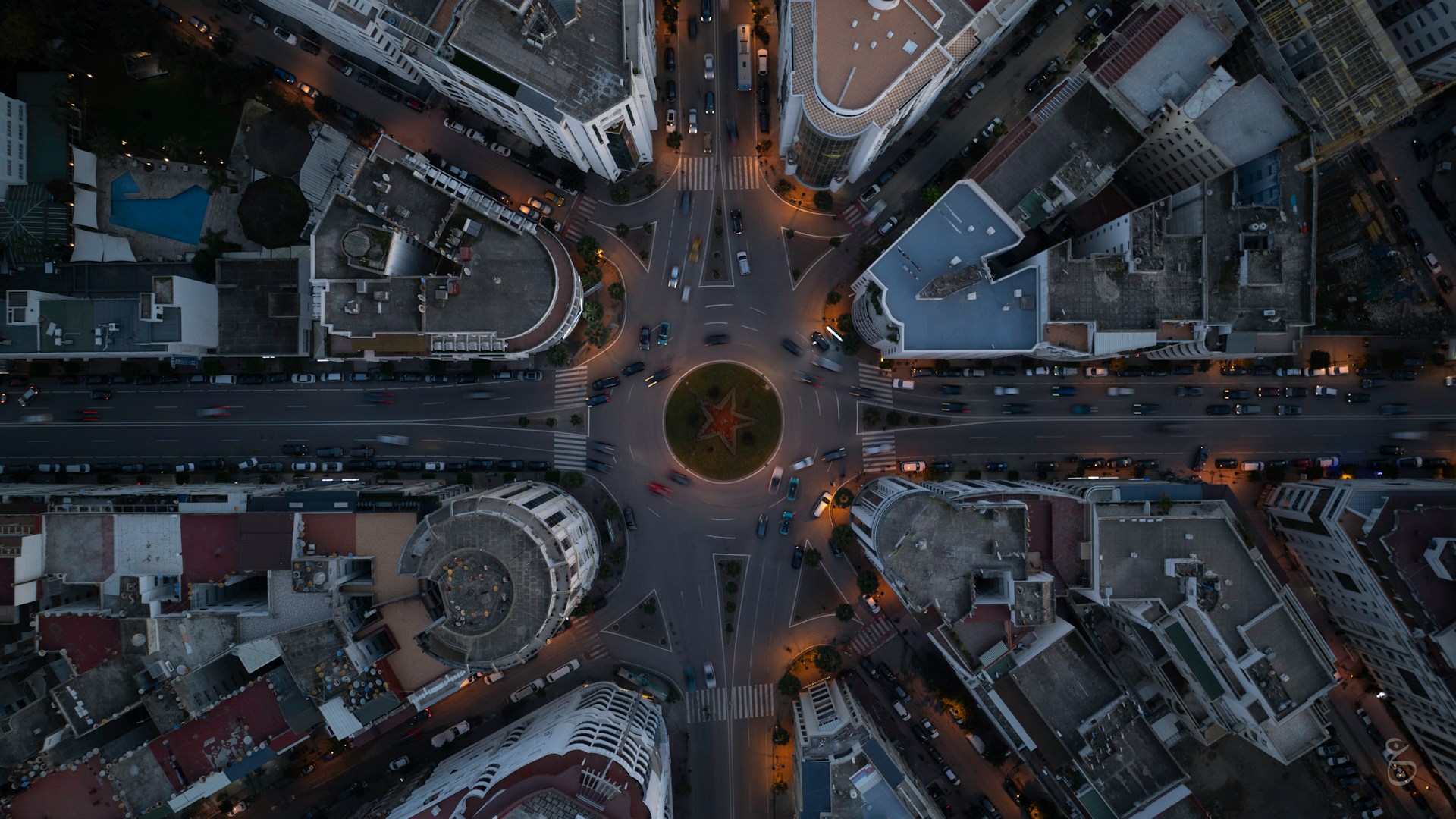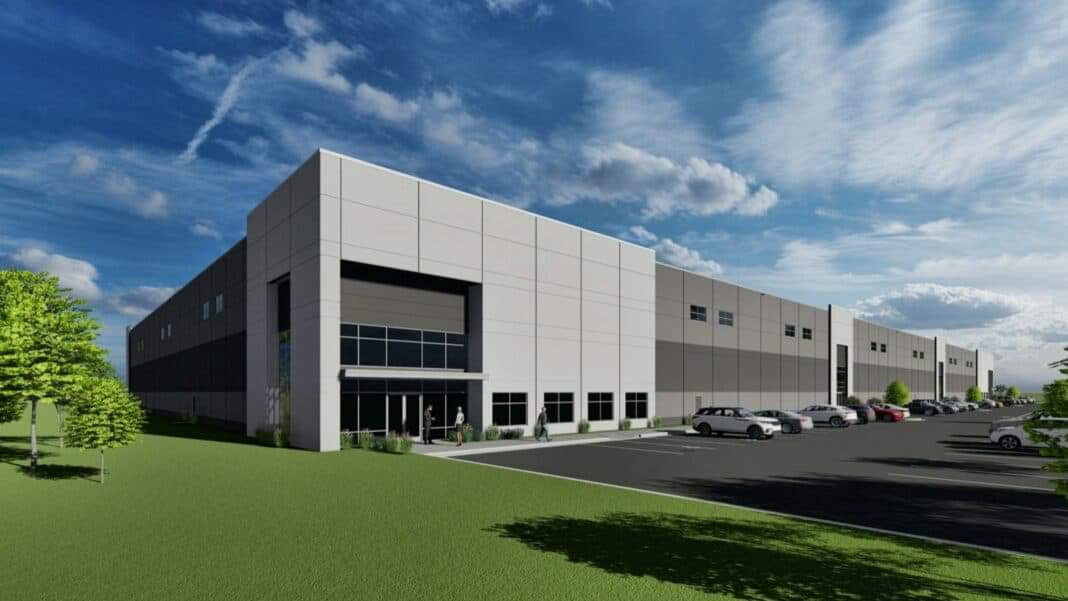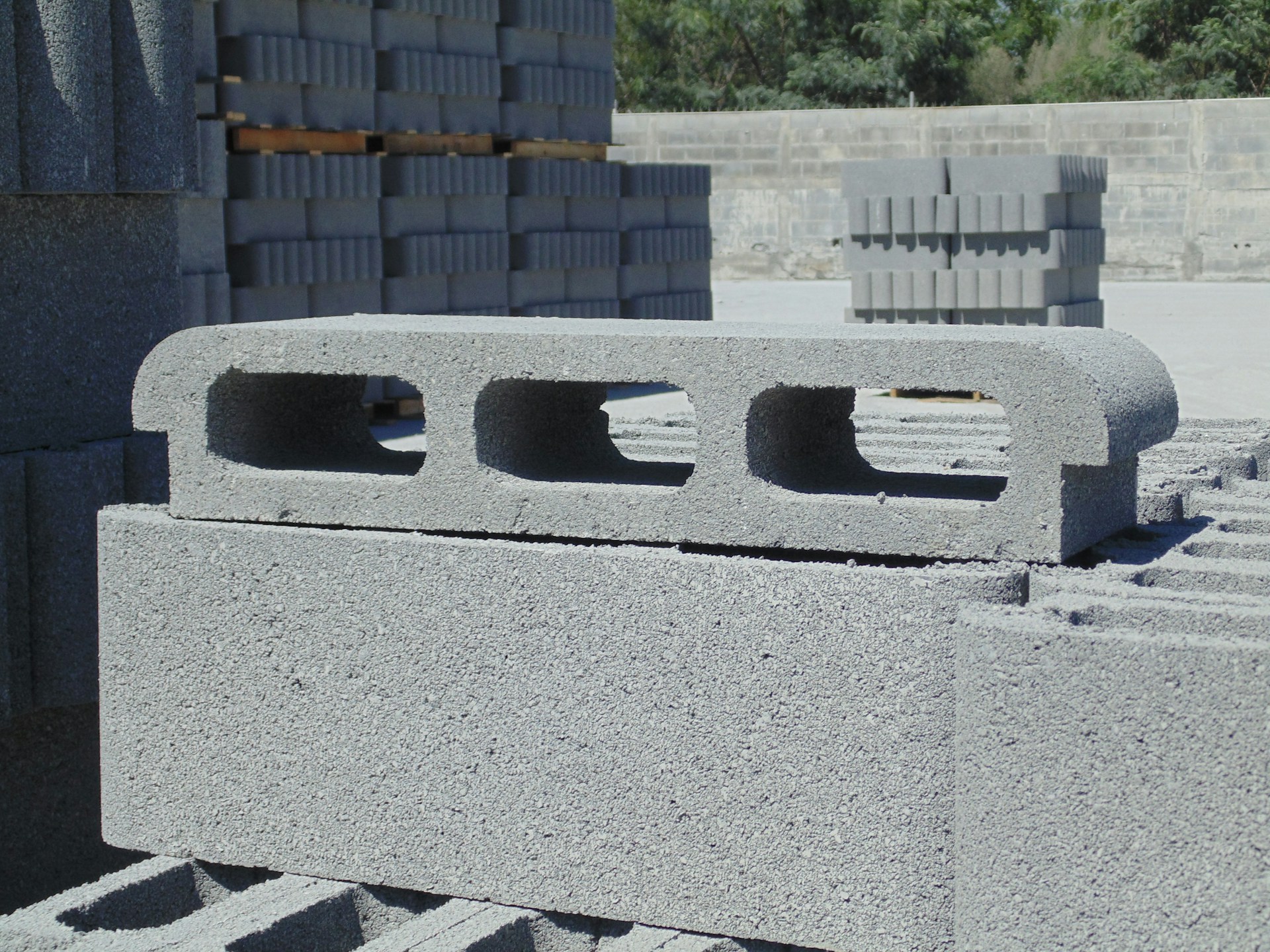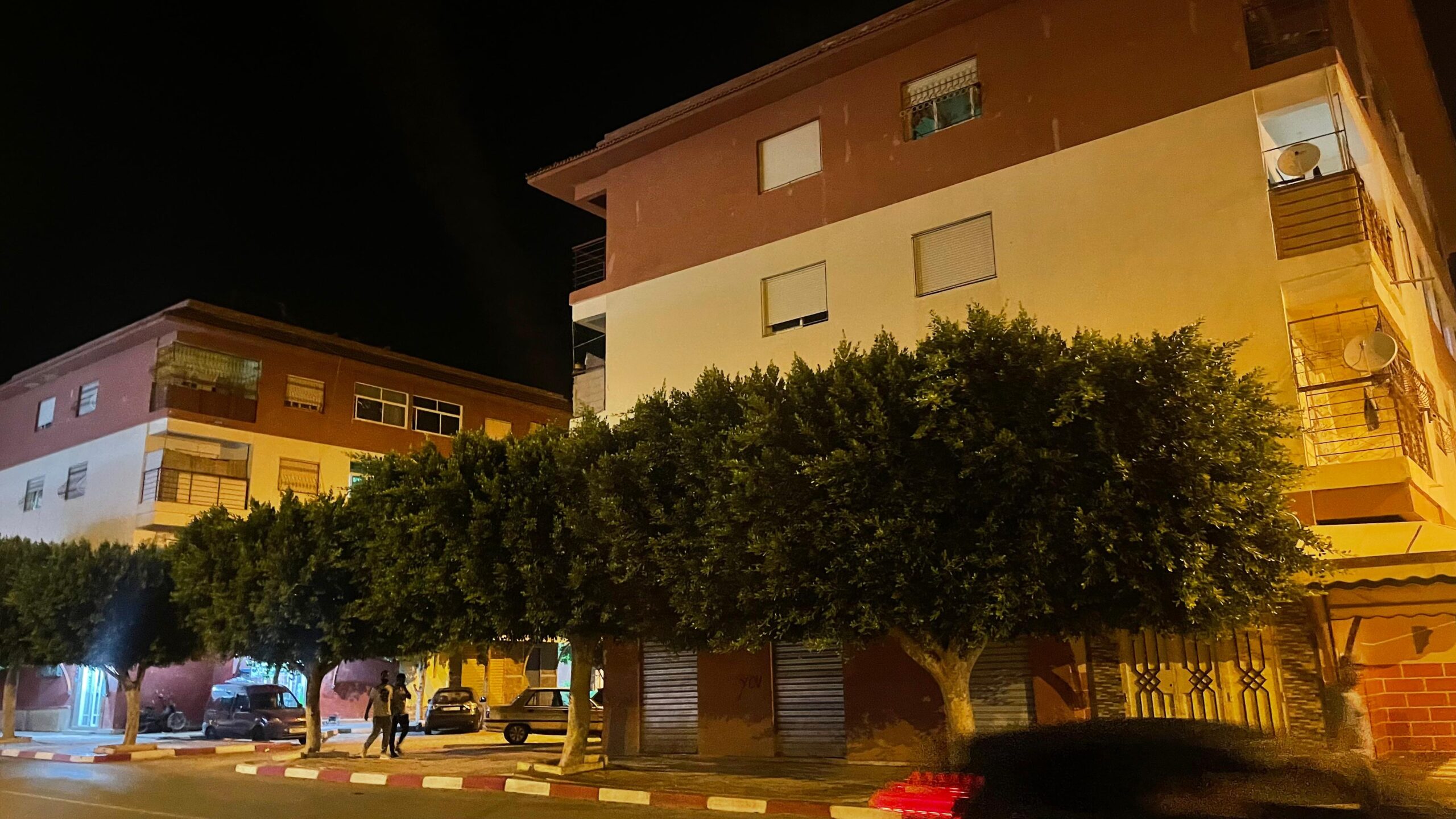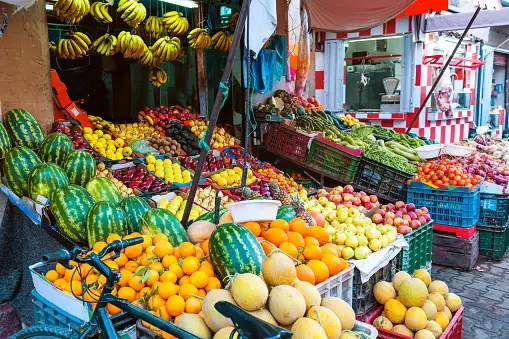Casablanca – In recent years, Morocco’s pharmaceutical sector has quietly but decisively grown into one of the most advanced and strategically important industries in Africa. With strong infrastructure, diversified production, and expanding international reach, the country is establishing itself as a major player in the continent’s pharmaceutical market.
According to official data, the Moroccan pharmaceutical industry generated revenues exceeding $2.37 billion in 2023. This represents a significant increase from the approximately $2.16 billion recorded in 2022, reflecting strong growth driven by domestic demand and exports. The sector contributes about 5% of Morocco’s industrial GDP, making it a vital component of the national industrial landscape.
Expanding domestic capacity and export reach
One of the sector’s major achievements is its ability to supply 75% to 80% of Morocco’s pharmaceutical needs, greatly enhancing national health sovereignty by reducing dependency on imports. Around 17% of production is exported, mainly to African countries, highlighting Morocco’s expanding role in regional healthcare.
The country hosts 56 pharmaceutical production facilities, employing roughly 65,000 people, including 12,000 direct jobs. These companies focus heavily on generic drugs and biosimilars, which are key to delivering affordable treatments.
A strategic, long-term development
Morocco’s pharmaceutical progress is the result of decades of steady investment and policy support. The industry’s roots date back to 1933, with early import companies like Cooper Pharma. The government began actively promoting local manufacturing in the 1960s and 70s, establishing the National Laboratory for Drug Control (LNCM) in 1969 to ensure drug quality and safety, fostering investor confidence.
Currently, around 30 of the 56 active pharmaceutical companies are Moroccan-owned, with many expanding exports. Leading companies include Pharma 5, Sothema, Cooper Pharma, and Galenica, each contributing to innovation and growth.
Flagship investments and innovations
Pharma 5, established in 1985, pioneered the local production of generics targeting diseases like tuberculosis and childhood infections. It recently inaugurated Africa’s first pharmaceutical 4.0 smart factory, built at a cost of $30.9 million. This cutting-edge facility supports Morocco’s goal of universal health coverage.
In 2024, Pharma 5 obtained Morocco’s first marketing authorization for a cannabis-based medicine, marking a significant innovation milestone. The company now operates in 45 countries, and its products account for 40% of Morocco’s pharmaceutical exports.
Cooper Pharma focuses on international partnerships with joint ventures in India, Europe, and Saudi Arabia, specializing in niche markets such as hormonal therapies and women’s health. It manages an industrial network of nine factories across multiple continents.
Sothema, publicly listed since 2005, leads the Moroccan market in producing biosimilar anticancer drugs. Its innovations have lowered certain cancer treatment costs by up to 75%. The company also packaged the Sinopharm COVID-19 vaccine during the pandemic. Operating in 45 countries, Sothema leverages its expertise in injectable medications and advanced infrastructure to strengthen its position in Africa.
Galenica, founded in the 1970s, continues to be a key player in Morocco’s pharmaceutical sovereignty, exporting to Libya, Algeria, and Saudi Arabia and emphasizing local production.
Toward a continental pharmaceutical hub
The Moroccan government views the pharmaceutical sector as a strategic asset for health security. Initiatives like Marbio—a project to produce vaccines and biotechnological medicines locally—mark a major step forward. The facility in Benslimane is set to become a continental center for vaccine production.
Authorities emphasize that beyond increasing production volumes, regulatory reforms and improved distribution are critical to ensuring medicines quickly reach patients, especially in underserved areas.
Morocco’s growing pharmaceutical industry is increasingly seen as a model for south-south cooperation, using its infrastructure, expertise, and partnerships to not only strengthen its health system but also support greater pharmaceutical self-reliance across Africa.
